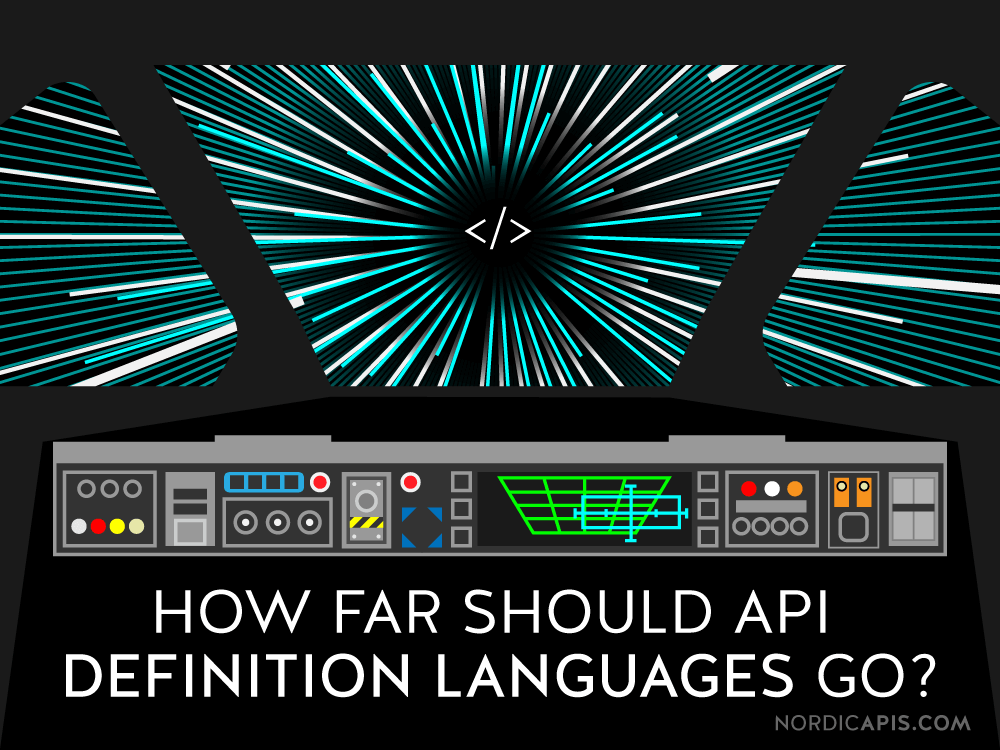Client-side consumption of a rate-limited API in Java
In the literature, you’ll easily find information on how to rate-limit your API. I even talked about Web API rate limitation years ago at a conference, covering the usage of HTTP headers like X-RateLimit-*.
Rate limiting is important to help your service cope with too much load, or also to implement a tiered pricing scheme (the more you pay, the more requests you’re allowed to make in a certain amount of time). There are useful libraries like Resilience4j that you can configure for Micronaut web controllers, or Bucket4j for your Spring controllers.
Read more...
